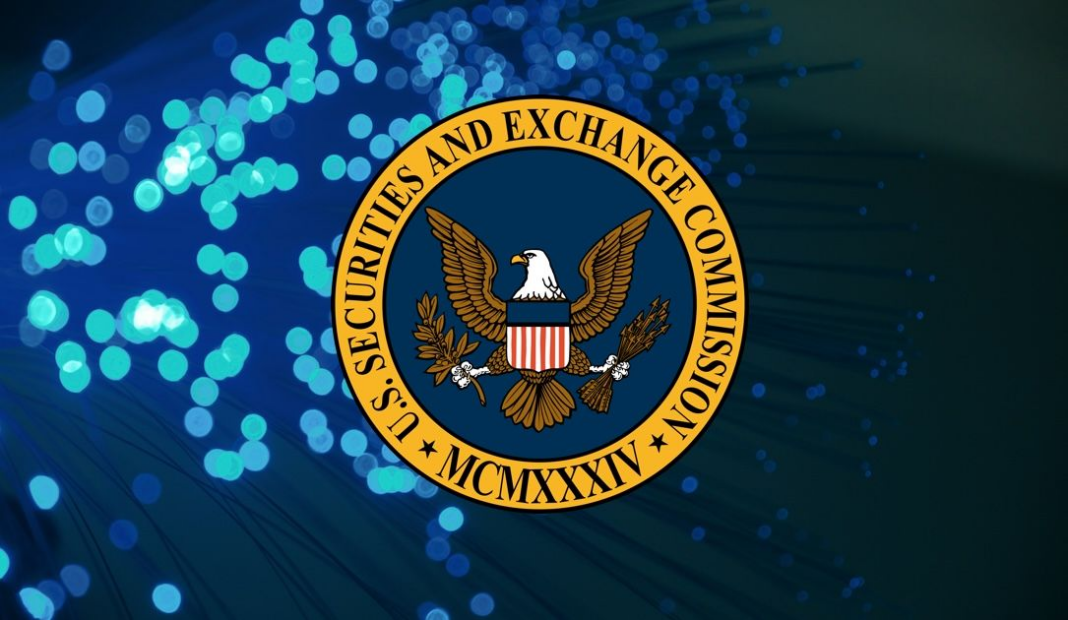Overview of the Incident
On a seemingly regular day in early January, the U.S. Securities and Exchange Commission (SEC), a bastion of financial regulation, faced an unforeseen digital assault. Its social media account on platform X was illicitly accessed, an act later confirmed to be the result of a calculated SIM swap attack. This incident not only exposed the vulnerabilities in the SEC’s digital defenses but also raised critical questions about cybersecurity practices in regulatory bodies.
The Breach: A Closer Look
The Initial Attack
The breach unfolded on January 9. The SEC’s official account on platform X was compromised through an intricate method involving the manipulation of mobile phone numbers – a SIM swap attack. This kind of assault is particularly insidious as it involves the unauthorized control of a victim’s phone number, a gateway to multiple digital vulnerabilities.
Investigative Insights
An internal investigation spearheaded by the SEC, with the collaboration of various federal agencies, delved into the details of the attack. The probe revealed that the perpetrator managed to gain control of a phone number linked to the SEC’s social media account. This was achieved through the agency’s telecommunications carrier, laying bare a critical security lapse.
The Mechanics of a SIM Swap Attack
To understand the gravity of the situation, it’s essential to grasp what a SIM swap attack entails. It’s a sophisticated form of cybercrime where the attacker convinces a mobile carrier to switch a victim’s phone number to a SIM card under the attacker’s control. Once this is accomplished, the attacker can hijack the victim’s digital identity, resetting passwords and gaining unauthorized access to a plethora of accounts.
The Aftermath of the Attack
The Consequences for the SEC
Upon seizing the phone number associated with the SEC’s account, the attacker reset the platform X’s password. This granted them unfettered access to the agency’s social media presence. The fallout of this breach was significant, prompting a thorough investigation by various agencies including the SEC Office of Inspector General, the FBI, the Cybersecurity and Infrastructure Security Agency, the Commodity Futures Trading Commission, the Department of Justice, and the SEC’s enforcement division.
Law Enforcement’s Response
Law enforcement agencies are currently unraveling how the attacker persuaded the carrier to switch the SIM and determined which phone number was linked to the SEC’s account. This ongoing investigation is critical in understanding the breach’s full scope and in developing strategies to prevent similar incidents in the future.
A Glaring Oversight: Lack of Multifactor Authentication
In an unsettling revelation, it was confirmed that the SEC’s account on platform X had not enabled multifactor authentication (MFA). MFA, a security process that requires more than one method of authentication from independent categories of credentials, is a fundamental defense against such attacks. The absence of MFA in this case was a significant oversight.
The Role of Platform X
Platform X initially disclosed that the SEC’s account had disabled MFA. Further, it was revealed that this disabling was done by X support in July 2023 at the SEC staff’s request due to issues accessing the account. This decision, in hindsight, played a crucial role in the ease with which the account was compromised.
Enhancing Security Post-Breach
In response to the incident, the SEC has now enabled multifactor authentication for all its social media accounts that offer this security feature. This move is a step forward in fortifying the agency’s digital defense mechanisms.
The Bigger Picture: Two-Factor Authentication Usage Trends
A transparency report around account security published by Twitter/X for the latter half of 2021 sheds light on the broader trends in two-factor authentication (2FA). It revealed that 2FA is seldom used by users. Between July and December 2021, only 2.6% of accounts utilized 2FA. Among these, a staggering 74% opted for verification through SMS or texts, a method now known to be less secure due to vulnerabilities to SIM swap attacks.
The Changing Landscape of Cybersecurity
The Limitations of SMS-Based Authentication
While SMS-based authentication is a step up from no security, cybersecurity experts warn that it is more susceptible to SIM swapping and social engineering compared to other methods like email or a security key. This vulnerability was starkly highlighted in the SEC incident.
Platform X’s Evolving Security Measures
It’s noteworthy that Twitter/X ceased publishing formal biannual transparency reports at the beginning of 2022. Moreover, under the new ownership of Elon Musk, changes to the platform included the disabling of SMS multifactor authentication for non-paying accounts. This decision reflects a growing awareness and adaptation in response to the evolving nature of cybersecurity threats.
